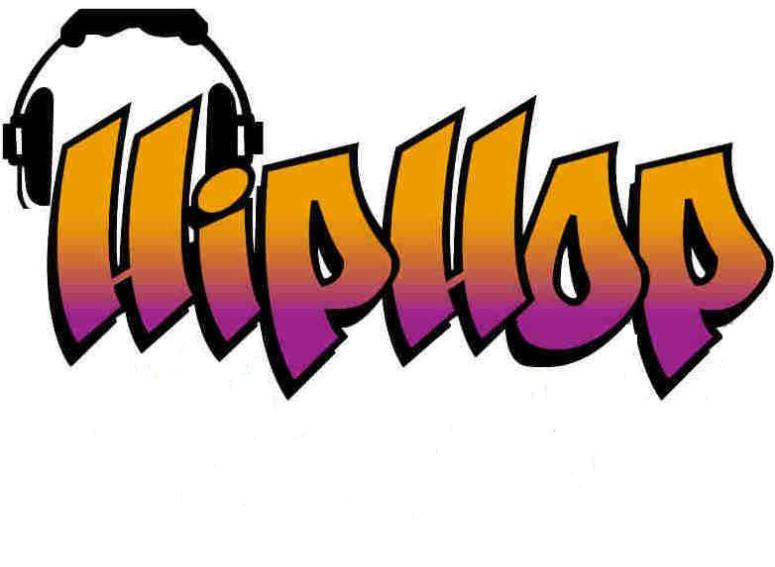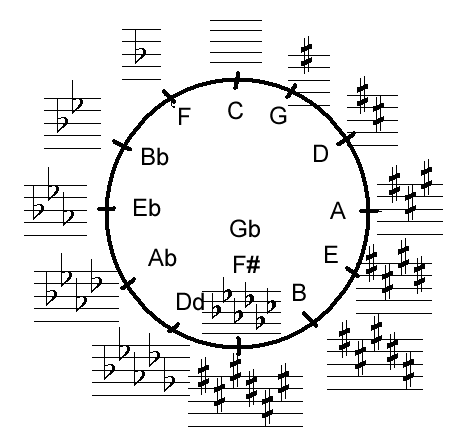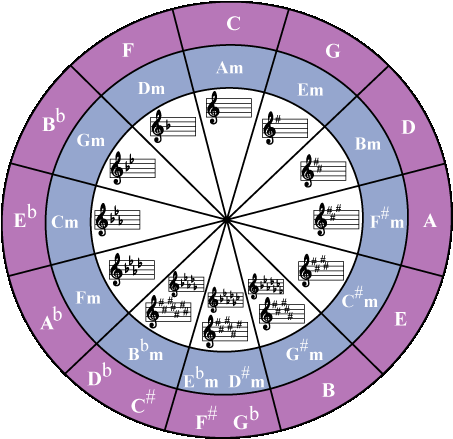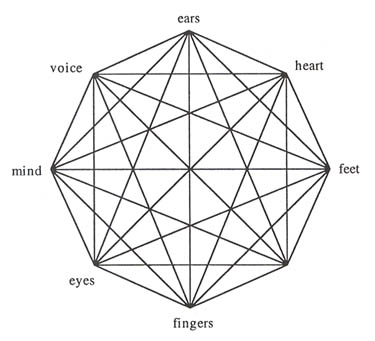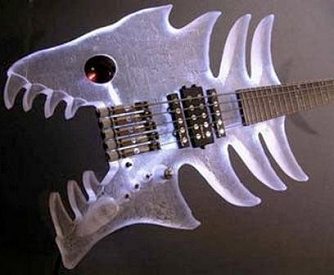
Blog about making and creating your own beats and music. From how to read a drum tab to how to beatbox.
Saturday, December 14, 2013
Tuesday, November 26, 2013
Retro Music House, trance and Techno
Top 10 Retro Music House, Trance and Techno. Here's my personal top 10. Just relax and let the music take over.
10. Natural Born DJ's - A Good Day:
- Released in 1996
- Where banned from the radio when to many people complained about the high pinched noise between the starting cpr scene so they never played it again. Still a huge hit in Belgium though.
- Belgian project of 4 DJs, who have had experience in the music business for years
- Members were Dimitri Lambrecht, Dirk 't Seyen, Gert Van Laethem and Tom Simoen
9. The Moon: Blow The Speakers
- Members The Moon: the 3 music producers Bjorn Wendelen, Danny van Wauw and Patrick Bruyndonx
- Blow The Speakers was released on Byte Progressive records as the debut release by The Moon
- From 2003
A small tip: turn off the lights, install a stroboscope and put the volume up!!
8. Sonic Inc.: The Taste of Summer
- Released: 2001
7. Fiocco: Afflitto
- Fiocco was founded in 1997 by dj-producer Jan Vervloet
- Afflitto was number 1 for 10 weeks in Belgian Dance Charts
- Members were Jan Vervloet and Enzo Fumarola (keyboards), Ann Loomans (Singer) and Anja Maesen (dancer)
6. Scoop: Drop it
- Released in 1999
- Also from the founders of Fiocco
- Stood 18 weeks in the Belgian Dance Charts, 1 week at number 1
- In the Netherlands 19 weeks in the charts, 3 weeks number 1
5. Virtual Zone: Virtual Zone
- Produced by Patrick Kacmar in 1998
- Belgian Eurodance Act
4. Push: Universal Nation
- Universal Nation is one of the classic Trancehits of the Belgian DJ and Producer Push from 1998
- Released in 1998 by Bonzai Records
- Also know as "The Anthem"
3. Junk Project: Control
- Members: Andreas Krämer and Faris Al-Hassoni
- Released in 1999
2. Bartezz: On the Move
- Released in 2001
- In 1998 Bart Claessen started making demo's in his bedroom
- Broke through with his demo "On the Move" in 2001
1. Energy 52: Café Del Mar
- Energy 52 was founded by the German DJ's Harald Blüchel and Paul Schmitz-Moormann for a short period of time
- Under this name they brought out "Café Del Mar" in 1993, one of the best Trance hits ever made
Tuesday, November 19, 2013
Become a Hip Hop Music Producer
Become a Hip Hop Music Producer. Rapping is one of the most lucrative businesses in music, but hip hop producers work very often behind the scenes, making instrumental tracks for a record company, or just for fun. There are many types of producers, but they all follow the same basic steps.
Steps
1
Love hip hop and music in general.
The industry is very tough and ruthless. If you don't stick with it you'll be chewed up and spit out. Without a deep love for this
game you'll never be good or famous. You need to also love all kinds
of music because it sparks inspiration and creativity.
2
Learn about music. This
is a never-ending process, so don't ever think you're "done" at any
point. You need to learn about all different styles of music, not just the hip hop of today. Learn the roots, the theory and the great musicians for many
different genres. No style should be neglected, not even country. Learning will only make you better. Experiment with other styles and apply them in your music.
3
Determine what equipment you will need.
This is a very complicated step, as there are infinite combinations of
hardware and software. I would recommend BTV Solo Music Production Software. If you're sampling, be sure to think of how you will access
your samples (ie turntable, computer, etc). If you're more interested in
composing with synths and virtual instruments, a MIDI keyboard is an
excellent investment. 
4
Experiment. Set up an
easy kick-highhat-snare-highhat track, and mess around with playing
notes over the beats. This should be a period for getting familiar with
your equipment. It will take about a month at the very least to acquire
real skill with your equipmen. And as said before, also experiment with other genres.
5
Start refining your beats.
Read the manual and begin using the Google search way too much. Learn
about EQ, effects and quantization, and begin to use them. If you understand all of these things, it'll also be easier for you to play around.
6
When you've got other people nodding their heads to your music, start promoting yourself.
Use sites such as rocbattle.com, soundclick.com, givemebeats.net, and
cdbaby.com to your advantage. Look up rappers, local or just on the
internet, and see if you can produce a mixtape. A mixtape is still how it all starts. Tips
- Recommended software: BTV Solo Music Production Software, you'll only need your keyboard and Computer.
- Make sure you volume each instrument correctly. Louder is not necessarily better.
- If you like old school hip-hop make your snare a few notes lower or use vintage sounds such as 808 kits.
- Learning to beatbox will help to compose beats anywhere.
- EQ will make or break an only OK track.
- Study successful producers. It sounds corny, but sit down with your top 25 or 50 instrumental tracks, and take notes as to why they are so appealing.
- Watch tutorial videos on YouTube.
- Try everything. Nothing is "wrong". If people like it, or even if only you like it, its "right".
- Get lots of feedback from kids and teenagers.
- Collaborate with other producers for developing new ideas.
- Don't limit yourself: know the four elements of hip hop. Breakdancing, rapping, graffiti and turntablism.
- Don't be a hater. As a producer, beef will not earn you any respect.
- Mixing and mastering a track are two separate skill sets that need to work together. So become proficient at both to give your tracks a professional sheen.
Warnings
- Don't get discouraged by critics.
- Try to create your own style. It will be difficult in the beginning, but after a while you'll find it.
- Do not ask a question about how to do something without reading the manual or searching the internet first. Hip hop producers will be very helpful if you follow this one rule.
- Don't develop an ego; it embarrasses you in the long run.
- And keep at it. If you are sure this is a passion you wish to develop, then make a way to integrate it into your life until it is mature enough to be where you want it.
- Don't expect to make a living out of this unless you are willing to work the hardest you have ever worked in your life. It's not an easy market to enter into, unless you are very determined and will not give up easily. Remember, you might just make it---it is a crowded market.
The best Music Production Software. Go check it out here!
Sunday, November 10, 2013
Composing Music
Composing music. There are many composers in the world today. A composer is commonly
known for also being the conductor, but this isn't usually the case. A
composer makes and writes music, may it be for performances, or just
for listening to. Composers have outstanding knowledge in music, for
most composers make a living off of creating music. All composers,
however, always had to start out with the basics.
Method 1 of 3: Composing Music For Beginners
-
Enroll in a class and take lessons for a beginners instrument if you are not already playing an instrument. You will need to be able to play something at least at a basic level. Please do not assume piano is the only way to go. Yes it is conventional, but many composers have begun their compositional careers on instruments such as the guitar, oboe and clarinet.
-
Learn to actually listen to the musical devices and their sound.
-
Learn the musical scales. the most powerful scale tool musicians have is the diatonic modes, which are just scales, starting on different root notes.
-
You will need to know all about music theory. Take a class in high school or college, or even teach yourself via the internet. You will need the knowledge regardless of how you learn it.
-
You may want to take easy and well-known pieces and try to switch them around, make your own version of them, change the key, and alternate the chords. Be creative!
-
Listen to other composers' music to learn techniques through instrument combination or rhythms that get the most out of each emotion.
-
Understand that after creating the melody, knowledge of harmony and accompaniment is essential. Some helpful things to look up for an accompaniment would be chord progressions and scale knowledge. Remember that music theory was made so each musician wouldn't have to experiment as much when making music.
-
Know the sounds of each instrument used in your composition. Know which instruments fit into the category of music (e.g. String Quartet ~ 2 violins, viola, cello; Brass Quintet: 2 trumpets, horn, trombone, tuba).
-
Sit at the piano or pick up a guitar and have fun. Play by ear. Play things and see if they sound good together. If you want to be able to play the same thing again later, try using a MIDI keyboard. It can be hooked up to a computer, and will print your notes onto sheet music for you.
-
If you have good ear training try to make a melody in your head, then hum it, and pass it to the guitar or piano. This takes a lot of practice and dedication, but is a great composing tool.
-
Have a notebook with the musical staff and pencil handy, if you don't use a MIDI keyboard. Write the note combinations that sound good to your ear. With guitar, write down the chords and guitar lines you play. It will help you to be familiar with music so you can name the chords and know the notes/scales that should be played along with the chord.
-
Create a rough draft. Just like a written composition in English class, music requires multiple revisions before the final piece is ready. Build off your melody. The best thing here is imagination. Don't forget about dynamics, expressions, or articulation.
-
Utilize contrary motion. Contrary motion is the technique of having one line go down while the others go up. This is an extremely useful technique that will rapidly improve the sound of your piece.
-
Consider carefully the structure of the piece; if it has sections make them clear, and keep the listener interested. Try to think where the listener will become bored, and be brutal with your judgments. Also, read up on musical forms.
-
If you are a student, go to your music teacher and ask him/her for help. Often you will find they are more willing than you assume.
-
Use counterpoint. It is a defining feature of common practice era music, and will make your piece sound really amazing.
Method 2 of 3: Composing From Rhythms
-
Start from the rhythmic foundation (percussion and bass), the chord progression (guitar and/or keys), or the melody (lead guitar/keys). Songs have a definite structure to them. You want to get to the foundation as soon as you can, to create a strong base for your piece.
-
Create a groovy bass line that complements the melody but doesn't copy it note for note (use counterpoint for example).
-
Make a drum beat starting with just the kick and snare that complements and supports the bass line. Note: just lay down a basic beat to act as a template. Once you go to the other sections you can return to change things up a little based on the progressive sound of the song. Quite often I find I have a vision of what I'm trying to write and it will morph into something new. You have to be able to make adjustments along the way.
-
Create a rhythm that complements the core/ foundation of the song. Start with a basic chord progression and build/ change from there. For example a chord progression may use I, III, and V (ex C, E, G) and fall into a: I, III, pattern for example (where I is the root of the chord and III and V are the next two higher notes in the chord).
-
Play individual notes randomly, then see which ones sound good playing at the same time and use that to build chords from scratch.
-
While you write the music, write lyrics to the song. You may have lyrics, then tailor a song to match them, or do the lyrics after the rhythm. The thing to keep in mind to to ensure you tell a good story. Don't be afraid to change lyrics or the music to achieve the best mutual fit.
-
Make sure you put in all the essential elements: Intro, verse, hook, bridge(optional), and outro/CODA. Let the lyrics help guide you if you have lyrics.
-
Pick a key idea of the song or a catchy phrase and a cool guitar/ keyboard lick to create a melody. Choose the mood or style of the song. You'll know you're there when you can't get the phrase/ lick out of your head! Quite often a 2-8 word phrase will do it ("shoulder lean", "love shack, baby love shack", etc).
-
Once you have it to this point add a pad, sound effects, lead parts, etc.
-
If your song "tastes right" then you've done a good job
-
Record and listen back to your song as a music critic (would you listen to this on the radio or change the station?). Let others listen to it and make suggestions.
-
Go back and make any adjustments you need to, but be warned! too many adjustments will make your song sound/ "taste" terrible, Do not over correct.
Method 3 of 3: Composing from Chords
-
Keep in mind that some of these steps are - clearly - for songs with guitars. You don't have to follow all of them exactly - in fact, some of them can just be omitted if you don't need them for the kind of music you play. It's not recommended that you do, but follow the general outline.
-
Pick a scale/mode for a note. Any one works. If you're writing a progressive song, then you have the option of picking more than one, just make sure the two aren't the same thing (check out the notes in each scale and make sure that they are significantly different). The chromatic scale is usually sonically pleasing.
-
Find out the chord configuration for that scale/mode (the major scale, starting from the first degree, is as follows: major, minor, minor, major, major, minor, diminished, seventh, ninth). Add chords of two to four notes to some melody notes to produce harmony.
-
Come up with a drum beat. Don't overdo and try to "display all your talent," especially if the tempo of the song doesn't call for it. Try different beats and speeds (tempo) of the beats form an electronic drum source. Start with a slow tempo and insert the melody into the rhythm.
- Write the rhythm and lead guitar riffs. If you're writing an upbeat song, you can use full/barre chords, power chords or both. If you're writing a slow, calm song, only use full/barre chords, or there will be nothing in the song worth listening to. If you're going for the heavy metal song, then you can use the higher note/bass note patterns that At the Gates popularized for flavor or groove (although it's not recommended that you do it a whole lot, or else you'll seem like you're hopping on the mallcore train), power chords can provide the chord progression, and full/barre chords can add something different.
-
Add the other instruments. Bass can follow the chord progression, but also has the option of doing whatever as long as it stays in the key everyone else is playing in. Keyboards/pianos generally follow the chord progression, although some bands have keyboardists that follow the lead guitar part.
-
Write the lyrics if you have them. Come up with the chorus, bridge, etc. Progressive songs don't necessarily need the song structure.
- Add the extras such as solos, etc.
Tips
- Have a tape recorder or electronic sound recorder ready just in case you get a tune in your head. You might forget the short tune overnight.
- A secret of composing pop music is harmony between the notes from the musical instruments and rhythm. A tune sung acapella (without musical instruments) doesn't sound like much, but if you combine it with notes of musical instruments and percussions (rhythm), then a hit (popular song) may be made. One set of bass notes may sound differently without a set of chords for accompaniment on an organ, so harmony and percussion rhythm plays a great role in producing pleasing tunes.
- For much easier composing, the musical instrument must be accurately tuned to the chromatic musical pitches. It is easier to compose melodies on keyboards like an organ that stays in tune, provided it was tuned accurately in the factory. Use an electronic drum or rhythm source to help composing or to practice composing with rhythm.
- Try using some music notation programs: Finale, LilyPond, Sibelius, Magic Score, Rosegarden and GuitarPro are all good programs. They allow you to create professional-looking copies of your music. Some are even free.
- After you learn to really 'hear' the music in your head, you can also play on a table if you are not near a piano. Many very well-known composers have written entire songs on a napkin while having dinner out, just by hearing the music in their heads. Once you develop this ability, you can amaze your less musically-inclined friends!
- A cooking analogy can help you remember to add some things to make your song better. Start with boiling water and some hearty stock to nail down the main flavor and add your meat (drums and bass). Next add in all the different main ingredients (rhythm). Finally, add the spices and flavorings, just enough to kick it up a notch, but not enough to drown out the main flavor (leads, pads, effects).
- It is a good idea to learn to play more than two musical instruments, such as piano, guitar, and drums - as well as voice - to help composing. This will help you write treble, bass and percussion notes on music sheet paper.
- If you are using a guitar to compose, learn tab chords function in major and minor keys. You can apply your knowledge to any piece of music.
- If you are interested in investing in it, you can buy software that listens through a microphone and detects notes, then turns it into sheet music where you can add proper rests and other musical notations.
- A song generally needs at least three musical instruments and voice such as percussion, bass and rhythm guitar. Five or more instruments is better.
Warnings
- If your music doesn't come out the way you may want it to, don't give up! Remember, it's your piece and you can do what ever you want with it!
- Do not make your song more complicated than it needs to be! The biggest mistake composers can make is to show off their theory knowledge and create a piece that is nearly impossible to play, and looks complicated when written out.
Things You'll Need
- Instruments
Subscribe to:
Posts (Atom)

